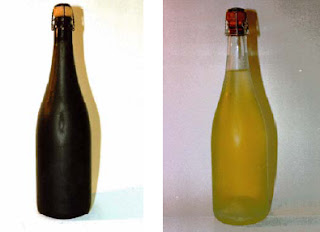On 18 December 2012 an extraordinary session of the World
Intellectual Property Organization convened a Diplomatic Conference for June of
next year. Its main mandate is to conclude a treaty regulating limitations and
exceptions for use of copyright to facilitate access to copyrighted works for
millions of visually impaired persons and people with print
disabilities.
In few countries does current legislation make provision for specific
limitations for the visually impaired. In most cases the exceptions made to
copyright are intended for the benefit of the handicapped in general, without
specifying the type of impairment (as in, for instance, article 31bis, section
2, of the consolidated text of Spain's Copyright Act). Internationally the legal
vacuum is still greater, in the absence of any treaty dealing with limitations
of this kind. This project is estimated potentially to benefit some 300 million
blind or visually impaired persons around the globe, particularly those living
in the less developed nations. The future treaty is intended to honour the rights of this group of
people to non-discrimination, equal opportunities, accessibility, and full
participation and inclusion in society proclaimed in the Universal Declaration
of Human Rights and the United Nations Convention on the Rights of Persons with
Disabilities.
Under the draft text of the treaty the contracting parties are
obliged to make works available to the visually handicapped in an accessible
format. This will entail a limitation of the copyright holders’ rights of
reproduction, distribution, interpretation, translation and communication to the
public (see article C of the draft). The conversion of the works into accessible
formats (Braille, large print, audio and other formats) will be undertaken by
authorized entities who will similarly have the task of making the copies
available to the beneficiaries and facilitating the exchange of works with
entities in other countries. The manner in which that exchange is to take place,
together with the laying down of parameters to determine what should be
understood by the distribution of the works at a reasonable price in the different
countries, are issues that will have to be discussed at the conference in the
coming month of June.
Author: Patricia Mariscal
Visit our website: http://www.elzaburu.es/









